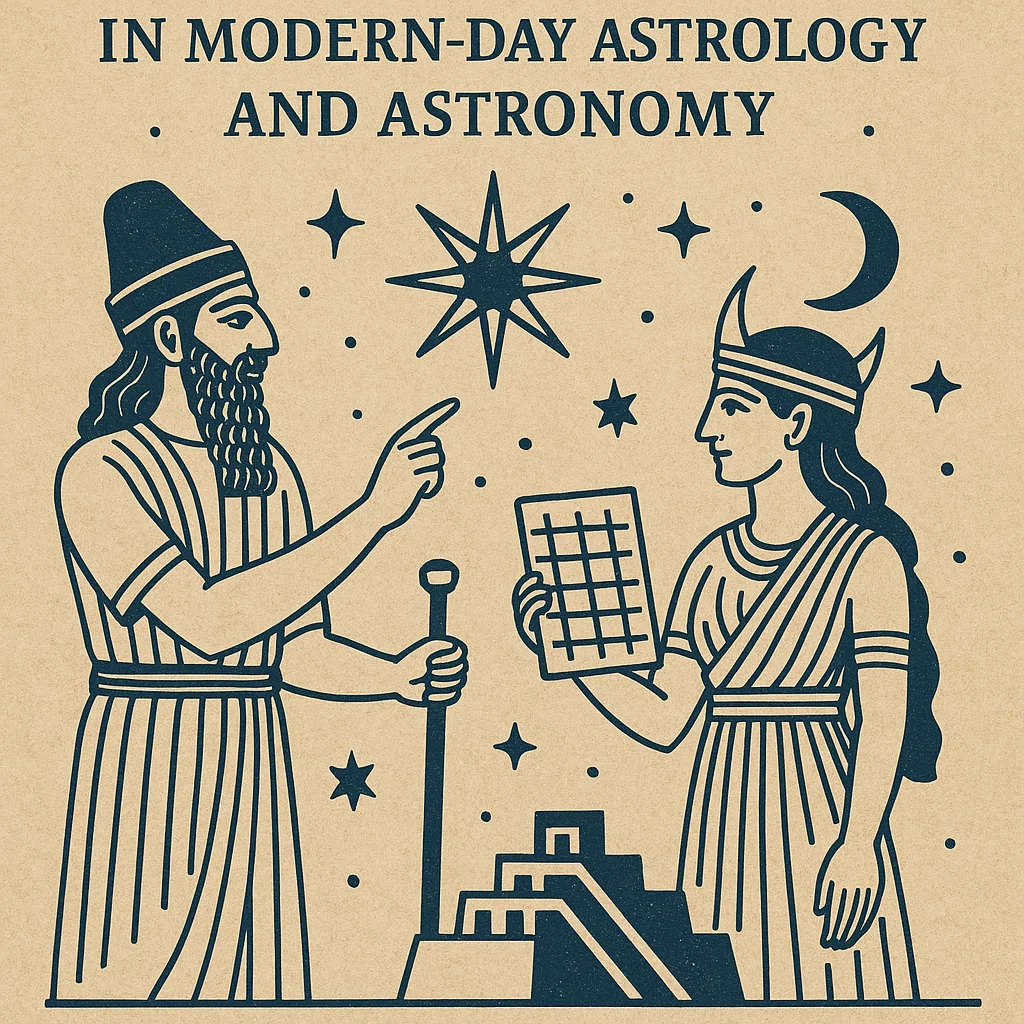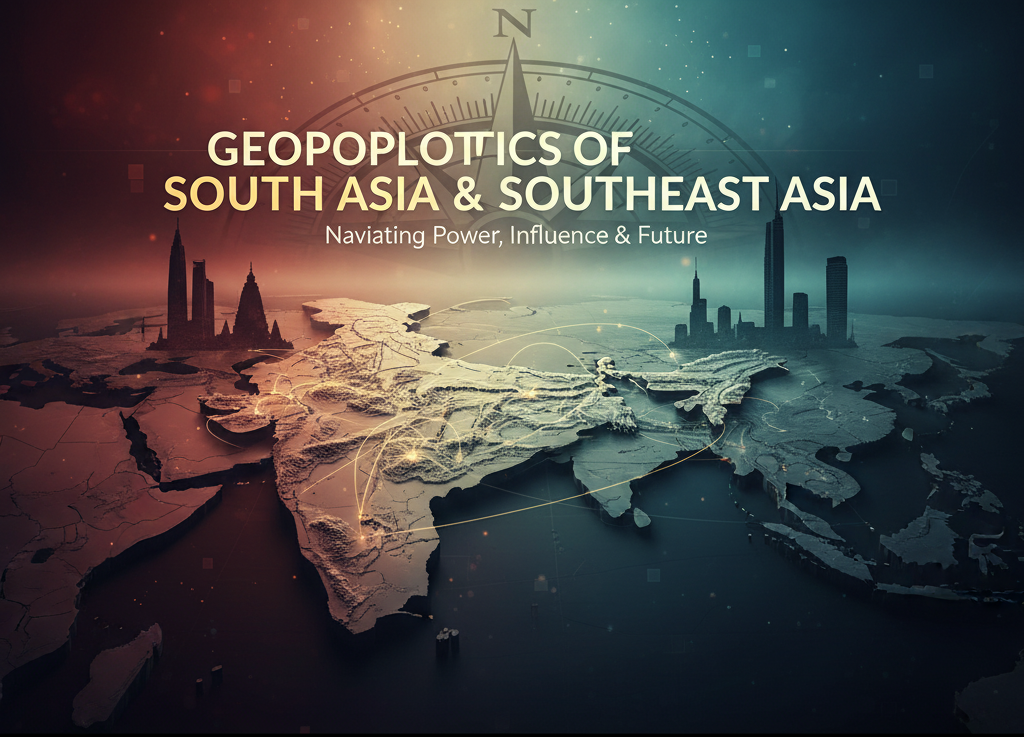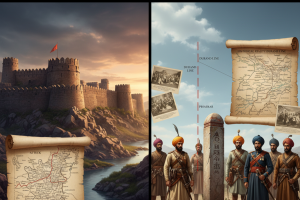
An In-Depth Analysis of J. M. Robertson’s A Short History of Morals: Evolution of Ethical Thought and Rational Critique
J. M. Robertson’s *A Short History of Morals* offers a profound exploration of the evolution of moral thought, tracing ethical principles from ancient civilizations through the Enlightenment to modern times. Emphasizing the dynamic and context-dependent nature of morality, Robertson critiques religious dogma and champions rational inquiry. His historical analysis and rationalist perspective provide valuable insights into contemporary ethical debates, underscoring the importance of understanding the cultural and intellectual contexts that shape moral beliefs.





















